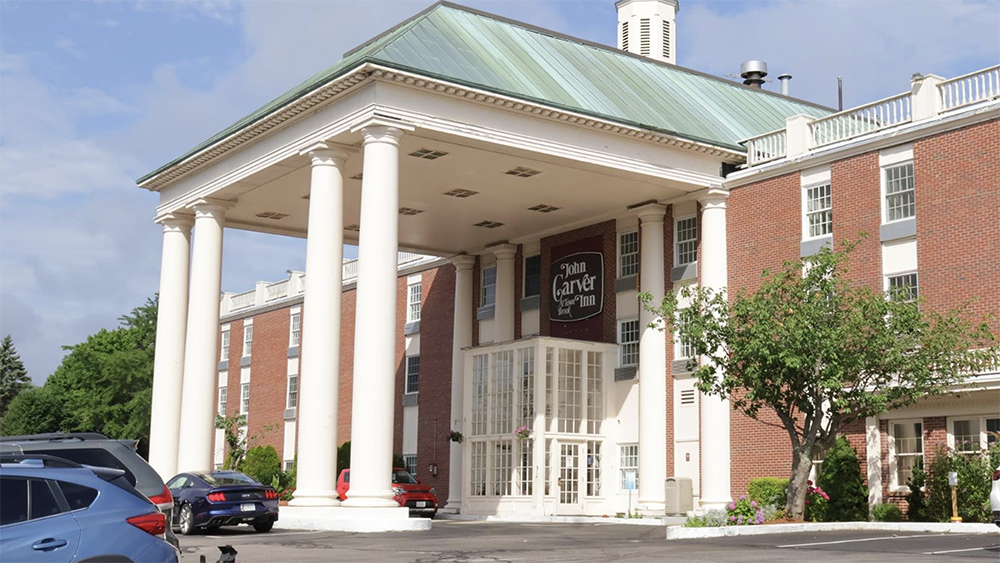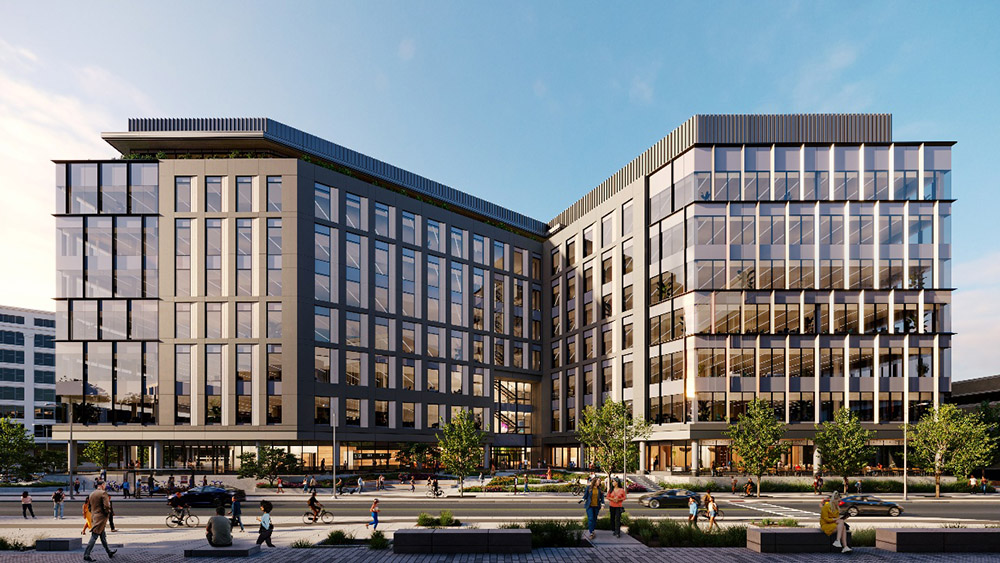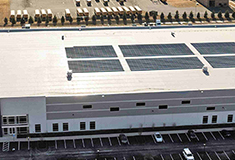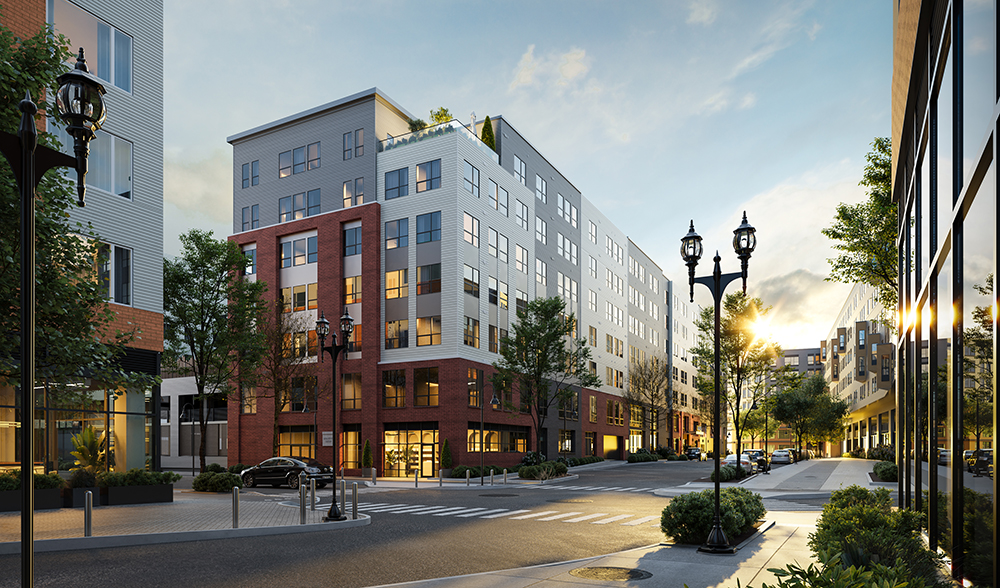News: Owners Developers & Managers
Posted: February 2, 2012
Should historic masonry buildings be insulated during renovation? Part 1
In Boston and other cities in the Northeast, many historic, solid mass masonry wall buildings are undergoing or in need of restoration. This article focuses on the potential negative impact of adding thermal insulation to the exterior building envelope wall systems of historic masonry structures and the benefits of proper restoration of the masonry structure itself coupled with installation air barrier systems.
When undertaking the restoration of a historic, masonry building, there is controversy over whether adding thermal insulation to the exterior building envelope wall system is a construction practice that will enhance the building's energy efficiency. It is an important issue, one that building owners, managers and/or developers should carefully consider prior to assuming that insulating the structure is a sound decision.
First, it is important to clarify that historic masonry buildings are at issue when it comes to insulating exterior walls not due to their age, but rather their construction type. They have solid mass masonry wall structures. This building technology began being phased out over 70 years ago with the advent of the brick veneer cavity wall system. The older solid mass masonry building relies on interior/exterior temperature gradient to dry the wall system, whereas in brick veneer cavity systems, moisture drains internally to the exterior through wall drainage ports, typically referred to as weep holes. And, that is crux of the matter.
Planning Stage Inspection
and Observations
When planning the restoration of a historic masonry building, among the most important early phase issues is to have the building inspected by a building envelope professional who is experienced in both masonry construction and waterproofing, to determine the condition and integrity of the exterior masonry wall structure and the key components that impact its thermal efficiency. That includes the masonry units, mortar joints and wall penetrations.
Whether the structure is residential, educational or commercial, historic masonry buildings often undergo complete gut renovations. Inspections should be performed after the exterior building envelope walls are devoid of all interior wall finishes, so that the interior faces of exterior walls are fully exposed.
The condition of the exterior masonry walls should be inspected closely to see if they are sound or if there are defects that may be a result of deferred maintenance. Defects have the potential to allow water penetration into the wall assembly from the elements. This condition may be further exacerbated if the demolition includes removal of such building features as fire escapes.
Interior masonry wall surfaces will be inspected for voids through which interior moisture can be introduced into the wall from interior humidity due to moisture ex-filtration. The introduction of modern kitchen and bathroom appliances, which generate larger amounts of interior moisture than the appliances they replace, may actually increase humidity/moisture levels within the masonry wall. Adding insulation may result in freeze-thaw cycling and structural damage
Moisture can enter solid mass masonry wall structures, both from exterior elements, such as wind-driven rain and snow, as well as from humidity generated from the interior living environment. In their original state, uninsulated masonry walls are subject to beneficial thermal effects of the temperature gradient.
Part two will appear in the February 17th edition of NEREJ in the CDE section.
Dennis Kulesza is the president of Metropolitan Restoration and Waterproofing Corporation, Boston.
MORE FROM Owners Developers & Managers
Mount Vernon Co. acquires John Carver Inn & Spa in Plymouth, MA
Plymouth, MA The Mount Vernon Company (MVC), a Boston-based real estate and hospitality investment firm, has completed the acquisition of the John Carver Inn & Spa, an 80-room property.
Columns and Thought Leadership

Selecting the right façade installation firm - by Steven Powell
As the owner of a major new property being developed, or an existing large building preparing for major renovation, you want your design and construction team to have the right experience, capabilities, and expertise to match the project demands. A critical member of this team will be the façade installation specialty firm, since the quality of this installation will impact

Recently passed legislation creates opportunities to meet CT’s changing energy needs - by Klein and Feinn
For decades, New England has had a summer-peaking power system, where the greatest energy use occurs on the hottest and most humid days, due to widespread use of air conditioning. But by the mid-2030s, electrification of the heating sector likely will result in a winter peak that’s higher than the summer peak.

IREM President’s Message: Fostering community connections during the holiday season
The holidays are again taking center stage, and with them comes an opportunity for multifamily communities to connect with the businesses and organizations in their cities and towns, fostering a sense of unity and generosity during this giving season

.png)





.png)

